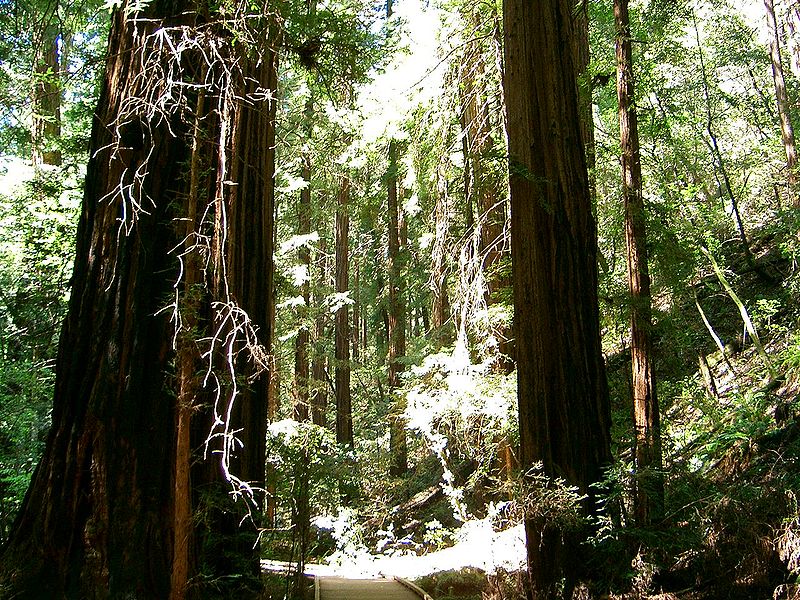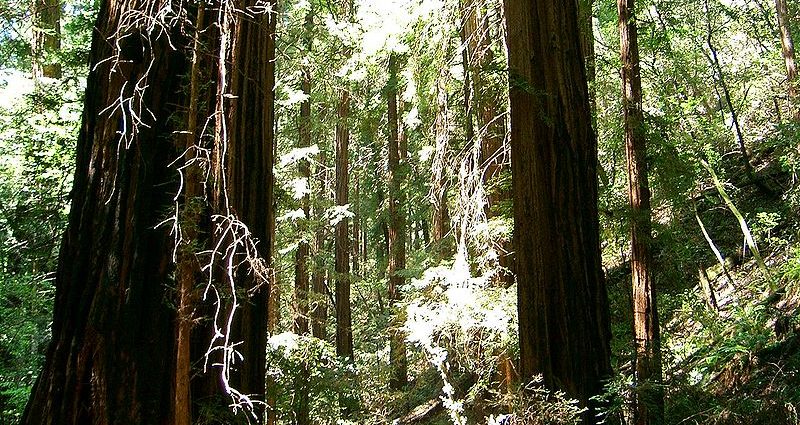“Only after the last tree has been cut down;
Only after the last fish has been caught;
Only after the last river has been poisoned;
Only then will you realize that money cannot be eaten.”
Cree Indian Proverb
 CFN – As we drive down the country roads, we see vast fields being cleared and trees piled in windrows for disposal – usually burning – to make room for more cropping. With the high value of farm commodities, some view rural land as more valuable for corn and soybeans than forest, habitat or recreation.
CFN – As we drive down the country roads, we see vast fields being cleared and trees piled in windrows for disposal – usually burning – to make room for more cropping. With the high value of farm commodities, some view rural land as more valuable for corn and soybeans than forest, habitat or recreation.
I recall a discussion a few years ago with a farmer in the process of clearing fence lines between fields, tree lines along the road, and an acre of Manitoba maple where the old barns once stood (after he tore them down). His answer was: “Manley, I know where you are coming from. I bought this land. I have debt to pay. Each acre must produce. Trees do not belong here, they belong over there.” And he pointed to a distant forest on someone else’s property.
It has gotten to the point that some municipalities are considering bylaws to restrain the clear cutting frenzy. Proponents of a moratorium on tree cutting in Chartham-Kent put forward a bylaw proposal in February. Although it was defeated, it is clear evidence of a growing conflict in rural areas.
Very few people today remember the infamous 1930s Dust Bowl in the Mid-West that severely damaged over 30 million hectares. Ontario suffered a similar problem. Excessive clear cutting was the principal contributing factor. The nearby Larose Forest in Prescott County was replanted (after being felled by settlers for agriculture) to prevent the rapid advancement of sand dunes that engulfed a village. The Warwick Forest in North Stormont is a similar case. The Oak Ridge Moraine area in south-central Ontario was rescued from becoming a dust bowl at the same time.
The Chatham Daily News contains an oped with a long list of values for tree cover. In particular, the World Health Organization recommends 12% tree cover for a balanced healthy ecosystem that meets the needs of private land owners and their community.
Farmers can easily reap the rewards of modest tree cover on private property in soil retention, erosion control, water retention, predator habitat, temperature mitigation, livestock health, wind break, and the list goes on. We can all see that crop yields suffer next to trees and farmers are convinced to cut them down. But there is plenty of research that demonstrates that the crop improvement in the field downwind of a wind break more than compensates for stunted growth next to the trees.
Should the private landowner sacrifice profit to subsidize the public good? Instead, let’s make this a discussion of how something like a balanced tree cover can be both in the private interest and the common good.


The first of a new column, Tom? I hope so. So welcome, and a joy to read.
Interesting article. With sky-high land prices (in North Lancaster/Bainsville area, prices have soared to over $10,000/acre in the case of drained land) it is easy to see why crop farmers are clearing trees at an amazing rate. It is hard to fault the honest business people who are busily removing trees based on our current farming model.
Unfortunately, “the common good” does nothing to help a person pay their bills.
Legislation to this effect would be extremely contentious in this area and is not really fair to property owners.
Having said that, I have planted thousands of trees at my own expense on the marginal parts of my own farm. I have also removed “weed” fencerow trees and replanted with species which I either feel are more valuable or simply like better.
I personally view the value add from having trees as exceeding the loss to the crops I grow. However, that is a personal choice and I would be firmly against any legislated solution to this type of situation.
If “the common good” is so important, I feel that governments are going to have to give some kind of financial incentive to those who meet a baseline criteria for tree cover. If trees benefit everyone but are detrimental to a farm’s crop productivity, then everyone is going to have to pitch in to help those who own the trees.
With regards to: “In particular, the World Health Organization recommends 12% tree cover for a balanced healthy ecosystem that meets the needs of private land owners and their community.”
I have to say this number seems unreasonable to me when considering the number of people and animals on the planet.
“In one study area near Ottawa, several species of forest birds disappeared as breeders when forest cover declined to below 30%.” One can only imagine the effect a decline in cover would have on larger animals such as wolves, elk, lynx, elephants, lions, deer just to name a few. Of course there are various other flora, fauna and insects (each one significant to the whole) which rely on forest habitats and the corridors that connect one forest habitat to another.
According to studies and information shared by Jim Hendry of the South Nation Conservation Authority a 30% forest cover is recommended to maintain a healthy bio diverse environment.
I understand that legislation regarding tree cover would be contentious for some land owners however the lands that we own on paper are only borrowed from the generations of tomorrow. If we continue to rape (yes I mean RAPE when a landowner takes out hedgerows and buffer zones around streams, small corridors of sanctuary for our wildlife) our lands of forest cover we are slowly and surely snuffing out the quality of our air, water, soil, and the many, many lives, including our own, that require this habitat for survival. So whether there are tax incentives or not, whether it is legislated or not…there is absolutely no doubt in my mind that something must be done NOW…for the benefit of all life…everywhere.
Scary reality as this study confirms that we live and die with our environment.
http://www.ottawacitizen.com/health/Ashes+ashes+When+trees+people+study+finds/8421553/story.html